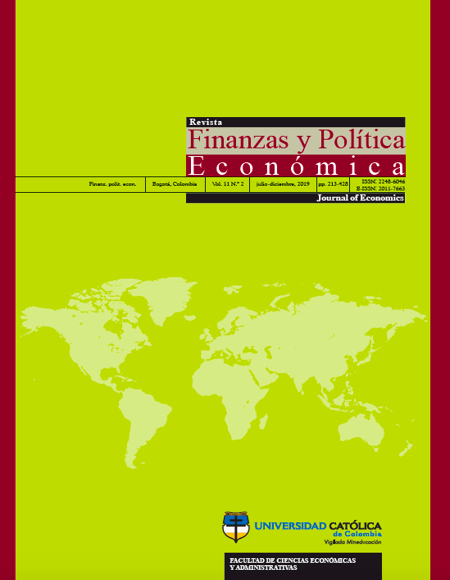
Esta obra está bajo una licencia internacional Creative Commons Atribución-NoComercial-CompartirIgual 4.0.
Esta revista está autorizada por una licencia de atribución Creative Commons (CC BY-NC-SA 4.0) Attribution-Non Commercial 4.0 International. Para las licencias CC, el principio es el de la libertad creativa. Este sistema complementa el derecho de autor sin oponerse a este, conscientes de su importancia en nuestra cultura. El contenido de los artículos es responsabilidad de cada autor y no compromete, de ninguna manera, a la revista o a la institución. Se permite la divulgación y reproducción de títulos, resúmenes y contenido total, con fines académicos, científicos, culturales, siempre y cuando, se cite la respectiva fuente. Esta obra no puede ser utilizada con fines comerciales.
La revista no cobra a los autores por la presentación o la publicación de sus artículos
Resumen
Las aproximaciones científicas desde puntos de vista multidisciplinares y heterodoxos, han permitido replantear los paradigmas impuestos por las perspectivas teóricas más ortodoxas, las cuales en el último siglo han venido siendo puestas a prueba por la evidencia empírica, permitiendo el desarrollo de nuevas teorías y métodos dentro de las ciencias económicas.
Palabras clave

Citas
Ashraf, N., Camerer, C. F., & Loewenstein, G. (2005). Adam Smith, behavioral economist. Journal of Economic Perspectives, 19(3), 131–145. https://doi.org/10.1257/089533005774357897
Ceña Cervantes, J. L. (1976). EL ORDEN NATURAL SMITHrANO YLA PLANIFICACION. Problemas Del Desarrollo, 7(28), 119–133. https://doi.org/10.22201/iiec.20078951e.1976.28.41891
Kahneman, D., & Tversky, A. (1979). Prospect Theory: An Analysis of Decision under Risk. Econometrica, 47(2), 263–291. Retrieved from http://www.jstor.org/stable/1914185
Simon, H. A. (1955). A behavioral model of rational choice. Quarterly Journal of Economics, 69, 99–118. https://doi.org/10.2307/1884852
Thaler, R. H. (2016). Behavioral economics: Past, present, and future. Revista de Economia Institucional, 106(7), 1577–1600. https://doi.org/10.1257/aer.106.7.1577
Thaler, R. H. (2018). From cashews to nudges: The evolution of behavioral economics. American Economic Review, 108(6), 1265–1287. https://doi.org/10.1257/aer.108.6.1265
Tversky, A., & Kahneman, D. (1974). The inference of intentions from moves in the Prisoner’s Dilemma game. Science, 185(4157), 1124–1131. https://doi.org/10.1126/science.185.4157.1124
Tversky, A., & Kahneman, D. (1981). The Framing of Decisons and the Psychology of Choice. Science, 211(4481), 453–458. https://doi.org/10.1126/science.7455683





























